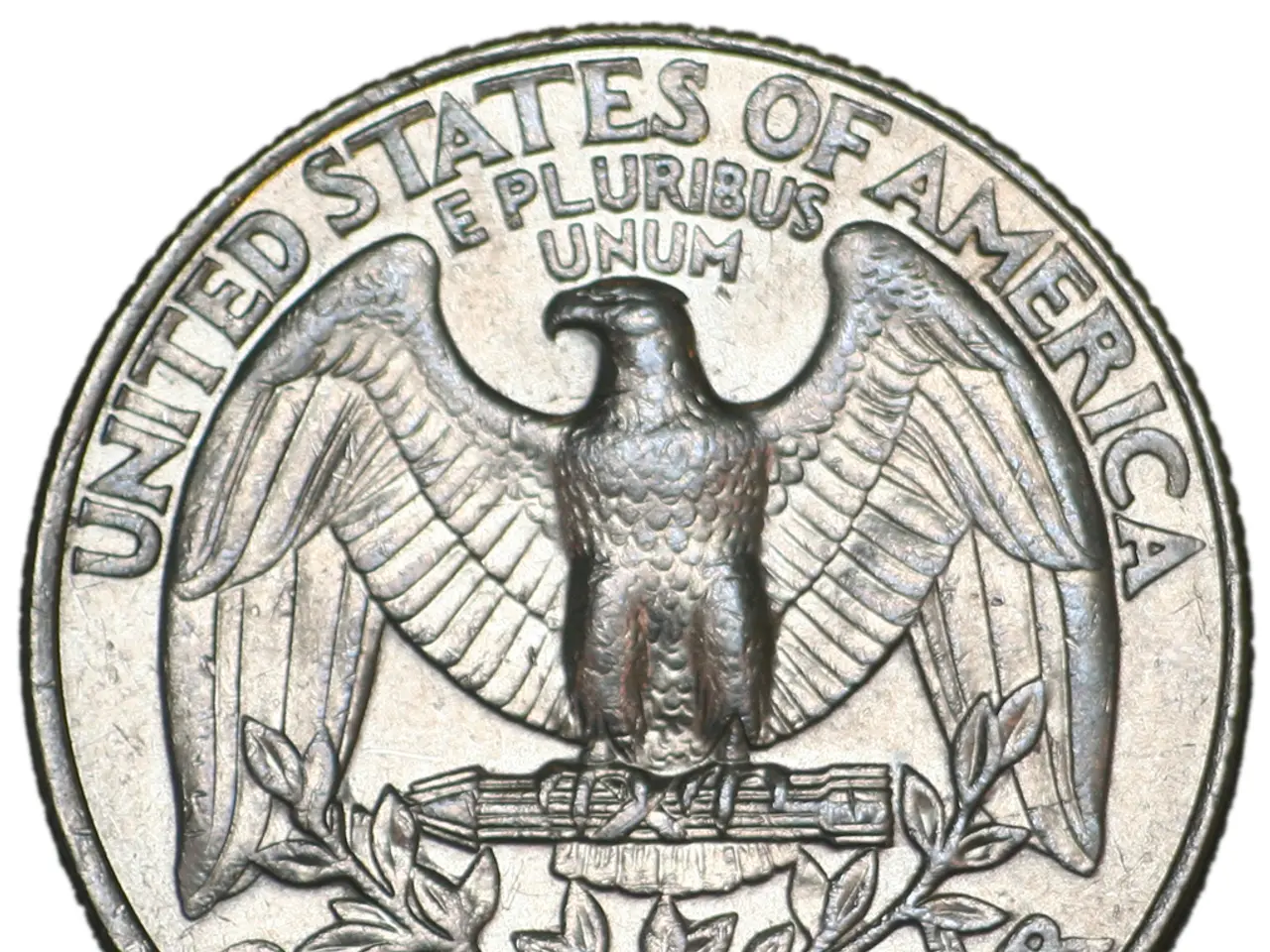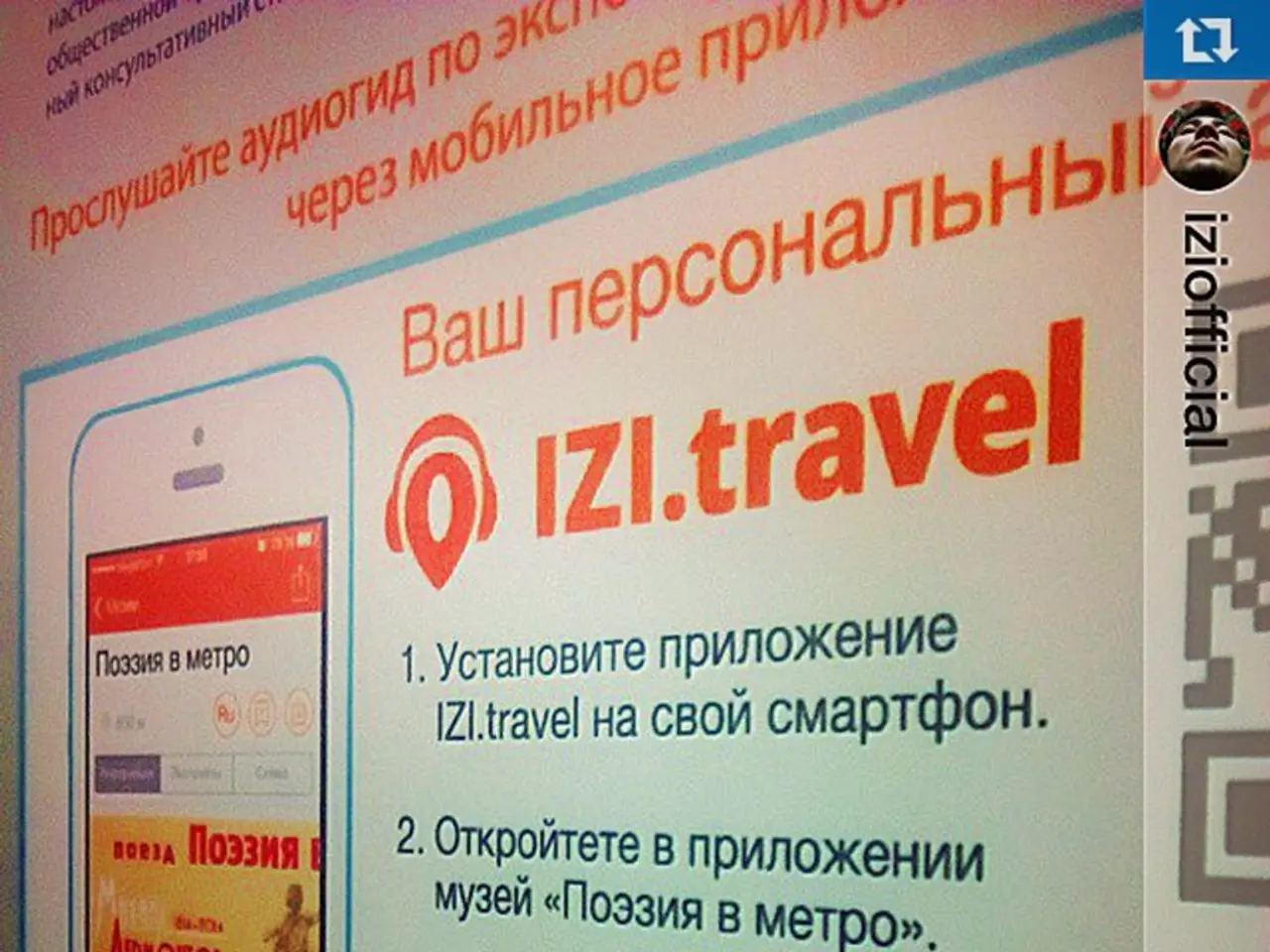Finstar Introduces Blockchain-Driven 'Water Trace' Initiative
In a groundbreaking move, the Financial Star Foundation (Finstar) has launched a pilot program called "Water Trace" for water resource management. This blockchain-based initiative aims to improve water resource management in drought-prone regions, specifically in the Western United States.
The Water Trace project uses Distributed Ledger Technology (DLT) for continuous real-time monitoring of water's journey. It integrates smart contracts, IoT sensors, and artificial intelligence to ensure data immutability and enhance regulatory oversight. The system tracks water quality, flow, and volume automatically, providing tamper-proof, verifiable data.
Finstar has selected 10 key locations across California, Arizona, and Nevada for the initial implementation of Water Trace. These include drought-affected areas such as the Colorado River Basin. In these regions, the Water Trace project is being introduced to optimize water allocation efficiency and sustainable usage through traceable data management and automated monitoring.
The system includes a rewards-based mechanism for water conservation. By issuing verifiable "green credits" on the blockchain, it encourages conservation efforts. These "green credits" can be exchanged for incentives such as tax benefits or financial rewards.
A secure interstate platform is being established for the trading of surplus water quotas. This platform allows for transparent oversight, reducing conflicts and misuse. Access to water usage data is granted to government authorities, corporations, and the public on the Water Trace platform, fostering transparency and accountability.
The Water Trace project is seen as a demonstration of how advanced technology can promote environmental justice and equitable resource distribution. It prioritizes agricultural, residential, and ecological needs, using AI to analyze historical water usage for dynamic allocation. As many as 5,000 farms will receive smart water meters compatible with the blockchain system.
The California State Water Resources Control Board acknowledges that the Water Trace initiative provides a promising new method for resolving long-standing conflicts surrounding water rights. Finstar's leadership believes blockchain can have transformative potential for managing critical resources like water. The project's successful implementation could pave the way for replicating the Water Trace model in other water-scarce regions, including parts of the Middle East and Africa.
As the pilot phase of Water Trace takes shape, 200 technicians are being trained to implement and support the new model. Finstar is actively engaging with various United Nations Sustainable Development Goal (SDG) programs, especially SDG 6, which focuses on clean water and sanitation. The Water Trace project aligns with this goal, aiming to address critical water scarcity challenges and contribute to a more sustainable future.
[1] Finstar's Water Trace Initiative: A Blockchain Solution for Water Scarcity Challenges (2022). [Online]. Available: https://www.finstar.org/water-trace-initiative-blockchain-solution-water-scarcity-challenges
[2] Water Trace: A New Era for Water Resource Management (2022). [Online]. Available: https://www.technologyreview.com/2022/03/15/1056267/water-trace-finstar-blockchain-water-resource-management/
- The Water Trace project, an initiative by Finstar, combines environmental-science with technology, utilizing Distributed Ledger Technology (DLT), smart contracts, IoT sensors, artificial intelligence, and blockchain to address water scarcity challenges in drought-prone regions.
- With the implementation of Water Trace, Finstar seeks to integrate finance and technology, not only by creating a platform for trading surplus water quotas but also by issuing "green credits" for water conservation practices, encouraging sustainable usage and supporting the United Nations Sustainable Development Goal 6 (SDG 6) focused on clean water and sanitation.




